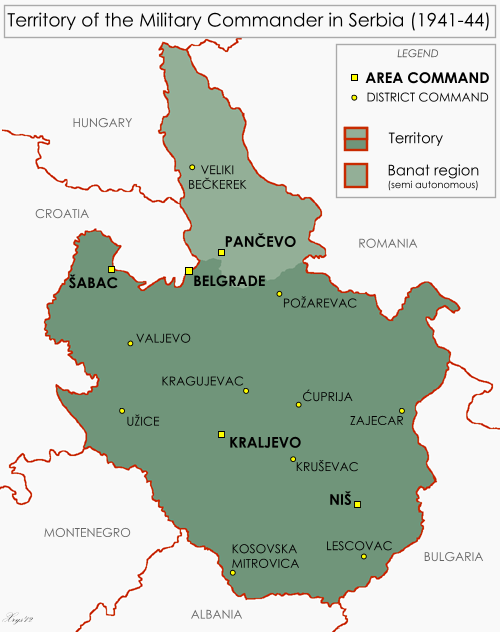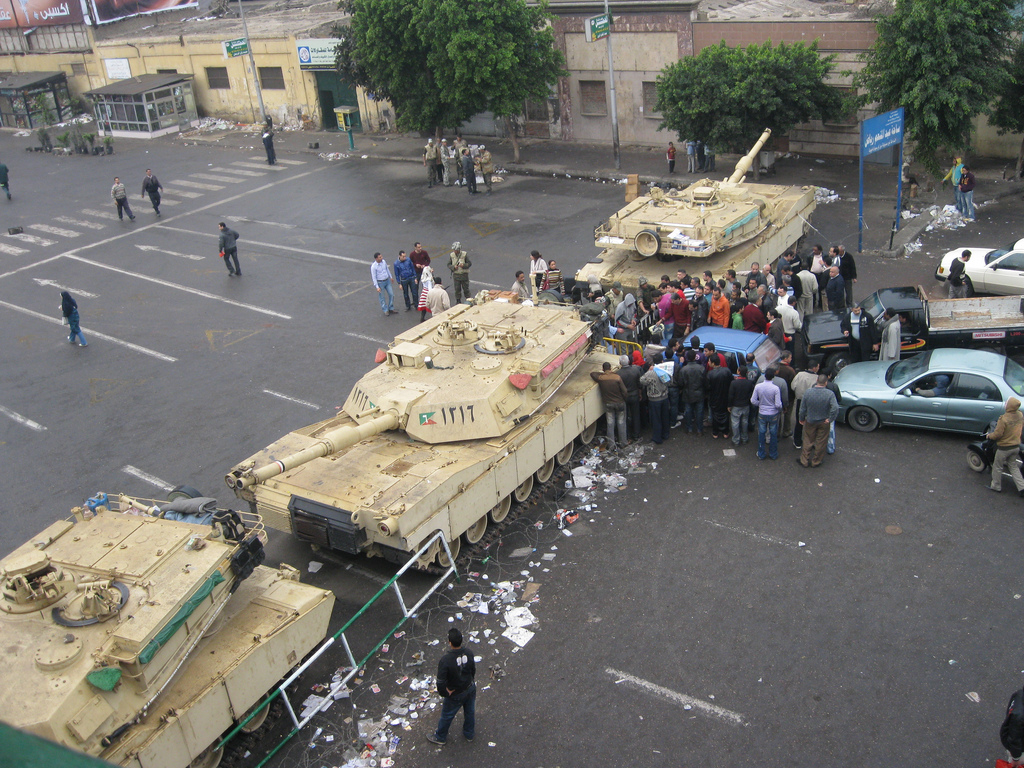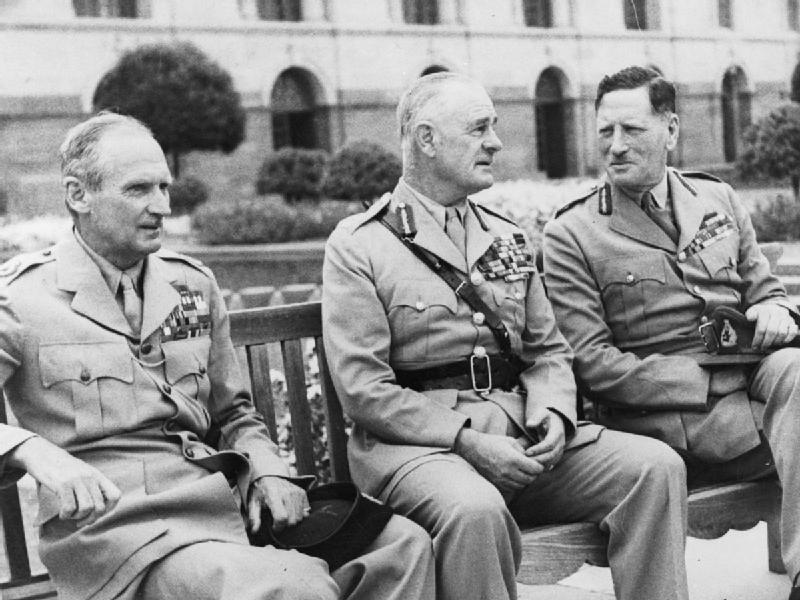|
Serbian State Guard
The Serbian State Guard ( sr, Srpska državna straža, italics=yes, SDS; sr-Cyrl, Српска државна стража; german: Serbische Staatsgarde/Serbische Staatswache) was a collaborationist paramilitary force used to impose law and order within the German occupied territory of Serbia during World War II. It was formed from two former Yugoslav gendarmerie regiments, was created with the approval of the German military authorities, and for a long period was controlled by the Higher SS and Police Leader in the occupied territory. It was also known as the Nedićevci (Недићевци, ) after the leader of the German-installed Serbian puppet government, General Milan Nedić, who eventually gained control of its operations. It assisted the Germans in imposing one of the most brutal occupation regimes in occupied Europe and helped guard and execute prisoners at the Banjica concentration camp in Belgrade. Its leaders and much of the rank and file were sympathetic to th ... [...More Info...] [...Related Items...] OR: [Wikipedia] [Google] [Baidu] |
Government Of National Salvation
The Government of National Salvation ( sr, Влада народног спаса, Vlada narodnog spasa, (VNS); german: Regierung der nationalen Rettung), also referred to as Nedić's government (, ) and Nedić's regime (, ), was the colloquial name of the second Serbian collaborationist puppet government (after the Commissioner Government) established in the German-occupied territory of Serbia Hehn (1971), pp. 344-73, group="Note" during World War II in Yugoslavia. Appointed by the German Military Commander in Serbia, it operated from 29 August 1941 to 4 October 1944. Unlike the Independent State of Croatia, the regime in the occupied Serbia was never accorded status in international law and did not enjoy formal diplomatic recognition on the part of the Axis powers. Tomasevich (2001), p. 78. The regime was tolerated by many Serbs living in the occupied territory and even actively supported by a part of the Serb population, and was unpopular with a majority of the population who s ... [...More Info...] [...Related Items...] OR: [Wikipedia] [Google] [Baidu] |
Banjica Concentration Camp
The Banjica concentration camp (german: KZ Banjica, sr-Cyrl-Latn, Бањички логор, Banjički logor) was a Nazi German concentration camp in the Territory of the Military Commander in Serbia, the military administration of the Third Reich established after the Invasion and occupation of Yugoslavia during World War II. In response to escalating resistance, the German army instituted severe repressive measures – mass executions of civilian hostages and the establishment of concentration camps. Located in the Banjica neighborhood of Dedinjea suburb of Belgradeit was originally used by the Germans as a center for holding hostages. The camp was later used to hold anti-fascist Serbs, Jews, Roma, captured Partisans, Chetniks and other opponents of Nazi Germany. By 1942, most executions occurred at the firing ranges at Jajinci, Marinkova Bara and the Jewish cemetery. Banjica was operational from July 1941 to October 1944. It was jointly run by German occupiers under the comm ... [...More Info...] [...Related Items...] OR: [Wikipedia] [Google] [Baidu] |
Military Occupation
Military occupation, also known as belligerent occupation or simply occupation, is the effective military control by a ruling power over a territory that is outside of that power's sovereign territory.Eyāl Benveniśtî. The international law of occupation. Princeton University Press, 2004. , , p. 43 The territory is then known as the ''occupied'' territory and the ruling power the ''occupant''. Occupation is distinguished from annexation and colonialism by its intended temporary duration. While an occupant may set up a formal military government in the occupied territory to facilitate its administration, it is not a necessary precondition for occupation. The rules of occupation are delineated in various international agreements, primarily the Hague Convention of 1907, the Geneva Conventions of 1949, as well as established state practice. The relevant international conventions, the International Committee of the Red Cross (ICRC) Commentaries, and other treaties by military ... [...More Info...] [...Related Items...] OR: [Wikipedia] [Google] [Baidu] |
Martial Law
Martial law is the imposition of direct military control of normal civil functions or suspension of civil law by a government, especially in response to an emergency where civil forces are overwhelmed, or in an occupied territory. Use Martial law can be used by governments to enforce their rule over the public, as seen in multiple countries listed below. Such incidents may occur after a coup d'état ( Thailand in 2006 and 2014, and Egypt in 2013); when threatened by popular protest (China, Tiananmen Square protests of 1989); to suppress political opposition ( martial law in Poland in 1981); or to stabilize insurrections or perceived insurrections. Martial law may be declared in cases of major natural disasters; however, most countries use a different legal construct, such as a state of emergency. Martial law has also been imposed during conflicts, and in cases of occupations, where the absence of any other civil government provides for an unstable population. Examples of ... [...More Info...] [...Related Items...] OR: [Wikipedia] [Google] [Baidu] |
Wehrmacht
The ''Wehrmacht'' (, ) were the unified armed forces of Nazi Germany from 1935 to 1945. It consisted of the ''Heer'' (army), the ''Kriegsmarine'' (navy) and the ''Luftwaffe'' (air force). The designation "''Wehrmacht''" replaced the previously used term and was the manifestation of the Nazi regime's efforts to rearm Germany to a greater extent than the Treaty of Versailles permitted. After the Nazi rise to power in 1933, one of Adolf Hitler's most overt and audacious moves was to establish the ''Wehrmacht'', a modern offensively-capable armed force, fulfilling the Nazi régime's long-term goals of regaining lost territory as well as gaining new territory and dominating its neighbours. This required the reinstatement of conscription and massive investment and defense spending on the arms industry. The ''Wehrmacht'' formed the heart of Germany's politico-military power. In the early part of the Second World War, the ''Wehrmacht'' employed combined arms tactics (close- ... [...More Info...] [...Related Items...] OR: [Wikipedia] [Google] [Baidu] |
Invasion Of Yugoslavia
The invasion of Yugoslavia, also known as the April War or Operation 25, or ''Projekt 25'' was a German-led attack on the Kingdom of Yugoslavia by the Axis powers which began on 6 April 1941 during World War II. The order for the invasion was put forward in " Führer Directive No. 25", which Adolf Hitler issued on 27 March 1941, following a Yugoslav coup d'état that overthrew the pro-Axis government. The invasion commenced with an overwhelming air attack on Belgrade and facilities of the Royal Yugoslav Air Force (VVKJ) by the Luftwaffe (German Air Force) and attacks by German land forces from southwestern Bulgaria. These attacks were followed by German thrusts from Romania, Hungary and the Ostmark (modern-day Austria, then part of Germany). Italian forces were limited to air and artillery attacks until 11 April, when the Italian army attacked towards Ljubljana (in modern-day Slovenia) and through Istria and Lika and down the Dalmatian coast. On the same day, Hungarian for ... [...More Info...] [...Related Items...] OR: [Wikipedia] [Google] [Baidu] |
Axis Powers
The Axis powers, ; it, Potenze dell'Asse ; ja, 枢軸国 ''Sūjikukoku'', group=nb originally called the Rome–Berlin Axis, was a military coalition that initiated World War II and fought against the Allies. Its principal members were Nazi Germany, the Kingdom of Italy, and the Empire of Japan. The Axis were united in their opposition to the Allies, but otherwise lacked comparable coordination and ideological cohesion. The Axis grew out of successive diplomatic efforts by Germany, Italy, and Japan to secure their own specific expansionist interests in the mid-1930s. The first step was the protocol signed by Germany and Italy in October 1936, after which Italian leader Benito Mussolini declared that all other European countries would thereafter rotate on the Rome–Berlin axis, thus creating the term "Axis". The following November saw the ratification of the Anti-Comintern Pact, an anti-communist treaty between Germany and Japan; Italy joined the Pact in 1937, foll ... [...More Info...] [...Related Items...] OR: [Wikipedia] [Google] [Baidu] |
Kingdom Of Italy
The Kingdom of Italy ( it, Regno d'Italia) was a state that existed from 1861, when Victor Emmanuel II of Sardinia was proclaimed King of Italy, until 1946, when civil discontent led to an institutional referendum to abandon the monarchy and form the modern Italian Republic. The state resulted from a decades-long process, the '' Risorgimento'', of consolidating the different states of the Italian Peninsula into a single state. That process was influenced by the Savoy-led Kingdom of Sardinia, which can be considered Italy's legal predecessor state. Italy declared war on Austria in alliance with Prussia in 1866 and received the region of Veneto following their victory. Italian troops entered Rome in 1870, ending more than one thousand years of Papal temporal power. Italy entered into a Triple Alliance with the German Empire and the Austro-Hungarian Empire in 1882, following strong disagreements with France about their respective colonial expansions. Although relations wi ... [...More Info...] [...Related Items...] OR: [Wikipedia] [Google] [Baidu] |
British Army During The Second World War
At the start of 1939, the British Army was, as it traditionally always had been, a small volunteer professional army. At the beginning of the Second World War on 1 September 1939, the British Army was small in comparison with those of its enemies, as it had been at the beginning of the First World War in 1914. It also quickly became evident that the initial structure and manpower of the British Army was woefully unprepared and ill-equipped for a war with multiple enemies on multiple fronts. During the early war years, mainly from 1940 to 1942, the British Army suffered defeat in almost every theatre of war in which it was deployed. But, from late 1942 onwards, starting with the Second Battle of El Alamein, the British Army's fortunes changed and it rarely suffered another defeat. While there are a number of reasons for this shift, not least the entrance of both the Soviet Union and the United States in 1941, as well as the cracking of the Enigma code that same year, an import ... [...More Info...] [...Related Items...] OR: [Wikipedia] [Google] [Baidu] |
Red Army
The Workers' and Peasants' Red Army (Russian language, Russian: Рабо́че-крестья́нская Кра́сная армия),) often shortened to the Red Army, was the army and air force of the Russian Soviet Federative Socialist Republic and, after 1922, the Union of Soviet Socialist Republics. The army was established in January 1918. The Bolsheviks raised an army to oppose the military confederations (especially the various groups collectively known as the White Army) of their adversaries during the Russian Civil War. Starting in February 1946, the Red Army, along with the Soviet Navy, embodied the main component of the Soviet Armed Forces; taking the official name of "Soviet Army", until its dissolution in 1991. The Red Army provided the largest land warfare, land force in the Allied victory in the European theatre of World War II, and its Soviet invasion of Manchuria, invasion of Manchuria assisted the unconditional surrender of Empire of Japan, Imperial Japan. ... [...More Info...] [...Related Items...] OR: [Wikipedia] [Google] [Baidu] |
Soviet Union
The Soviet Union,. officially the Union of Soviet Socialist Republics. (USSR),. was a List of former transcontinental countries#Since 1700, transcontinental country that spanned much of Eurasia from 1922 to 1991. A flagship communist state, it was nominally a Federation, federal union of Republics of the Soviet Union, fifteen national republics; in practice, both Government of the Soviet Union, its government and Economy of the Soviet Union, its economy were highly Soviet-type economic planning, centralized until its final years. It was a one-party state governed by the Communist Party of the Soviet Union, with the city of Moscow serving as its capital as well as that of its largest and most populous republic: the Russian Soviet Federative Socialist Republic, Russian SFSR. Other major cities included Saint Petersburg, Leningrad (Russian SFSR), Kyiv, Kiev (Ukrainian Soviet Socialist Republic, Ukrainian SSR), Minsk (Byelorussian Soviet Socialist Republic, Byelorussian SSR), Tas ... [...More Info...] [...Related Items...] OR: [Wikipedia] [Google] [Baidu] |
Draža Mihailović
Dragoljub "Draža" Mihailović ( sr-Cyrl, Драгољуб Дража Михаиловић; 27 April 1893 – 17 July 1946) was a Yugoslav Serb general during World War II. He was the leader of the Chetnik Detachments of the Yugoslav Army (Chetniks), a royalist and nationalist movement and guerrilla force established following the German invasion of Yugoslavia in 1941. Born in Ivanjica and raised in Belgrade, Mihailović fought in the Balkan Wars and the First World War with distinction. After the fall of Yugoslavia in April 1941, Mihailović organized the Chetniks at Ravna Gora and engaged in guerrilla warfare alongside Josip Broz Tito's Partisans against occupying German forces. Opposing strategies, ideological differences and general distrust drove them apart, and by late 1941 the two groups were in open conflict. Many Chetnik groups collaborated or established ''modus vivendi'' with the Axis powers, which along with British frustration over Mihailović's inaction le ... [...More Info...] [...Related Items...] OR: [Wikipedia] [Google] [Baidu] |






